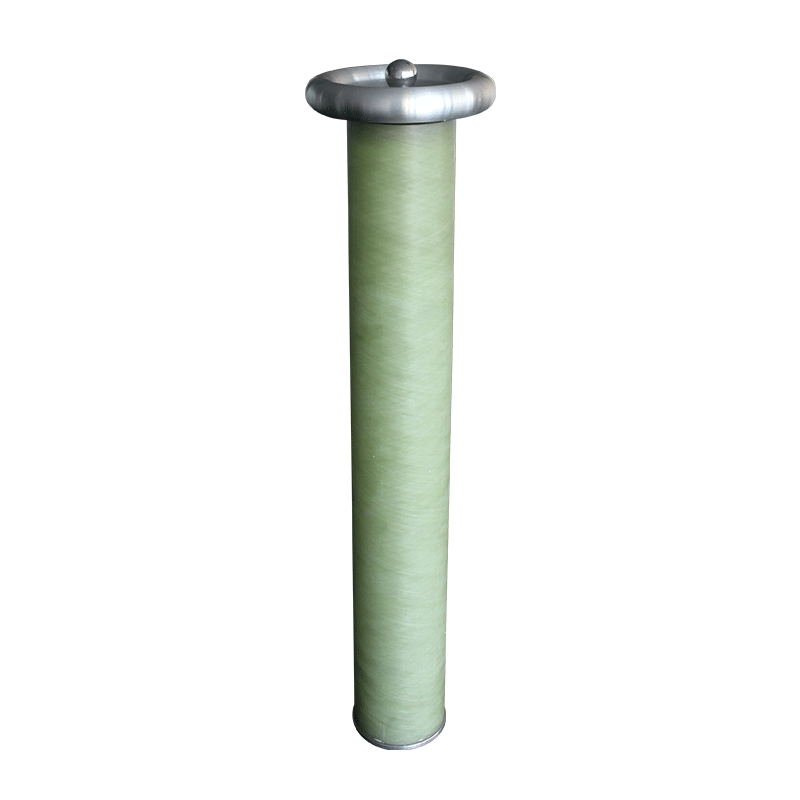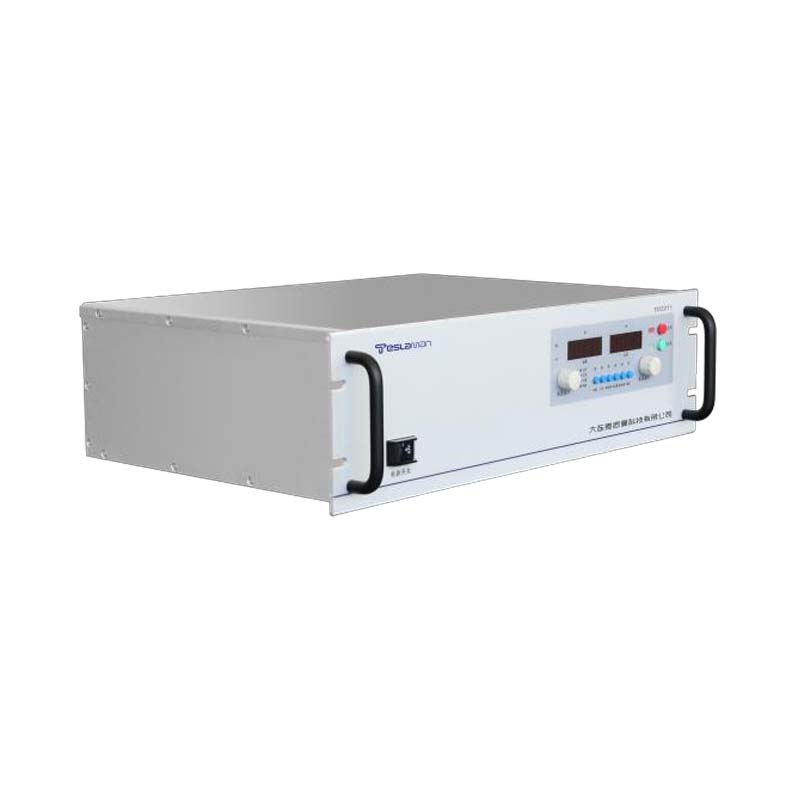Pulse Interval Setting of Coating Pulse High Voltage Power Supply
In the field of modern material surface treatment, coating technology has been widely used due to its significant advantages in improving the surface properties of materials. The coating pulse high voltage power supply, as a key device in the coating process, its parameter settings play a decisive role in the coating quality, among which the pulse interval setting is particularly important.
The pulse interval refers to the time interval between two adjacent pulses. During the coating process, a reasonable setting of the pulse interval can accurately control the rhythm of ion bombardment on the substrate and film growth, thus having a profound impact on the key properties of the film, such as its microstructure, compositional uniformity, and adhesion.
When the pulse interval is too short, a large number of ions will continuously bombard the surface of the substrate in a very short time. This may cause the surface temperature of the substrate to rise rapidly, resulting in rapid and loose film growth. At the same time, the excessive temperature stress may reduce the adhesion between the film and the substrate. In addition, continuous high intensity ion bombardment may cause excessive sputtering of the deposited film atoms, disrupting the normal film growth process and making the film composition deviate from the expected value, with poor uniformity.
Conversely, if the pulse interval is set too long, the frequency of ion bombardment on the substrate is too low. This means that there is too much time for natural atomic diffusion and recombination on the substrate surface between two ion bombardments. This may lead to a too slow film growth rate and a significant reduction in production efficiency. Moreover, due to the discontinuity of ion bombardment, the atomic arrangement during film growth lacks effective guidance, which is not conducive to the formation of a dense and uniform film structure.
To determine the optimal pulse interval, a variety of factors need to be comprehensively considered. First is the characteristic of the coating material. Different coating materials have different atomic diffusion rates and binding energies, which requires corresponding adjustment of the pulse interval to meet their growth needs. For example, for metal coating materials with a fast atomic diffusion rate, a relatively short pulse interval may be required to timely suppress excessive atomic diffusion; while for some compound coating materials, due to their complex composition, a longer pulse interval is needed to ensure that various atoms can fully react and arrange.
Secondly, the properties of the substrate cannot be ignored. The thermal conductivity and surface roughness of the substrate will affect the energy transfer during ion bombardment and the initial nucleation of the film. A substrate with high thermal conductivity can quickly conduct the heat generated by ion bombardment, allowing a relatively short pulse interval; while a substrate with a rough surface requires an appropriate extension of the pulse interval so that the ions can act more uniformly on the substrate surface and promote the uniform growth of the film.
In actual operation, a large number of experiments and data analyses are often required, combined with specific coating process requirements, to accurately optimize the pulse interval setting. By real time monitoring of the film growth process, such as using in situ monitoring technology to observe the film thickness change and composition distribution, and continuously adjusting the pulse interval, high quality coatings that meet specific performance requirements can be obtained.
In conclusion, the pulse interval setting of the coating pulse high voltage power supply is a complex and crucial link, which is directly related to the coating quality and production efficiency. Only by deeply understanding the influence mechanism of the pulse interval on the coating process and comprehensively considering various factors such as coating materials and substrates can the accurate optimization of the pulse interval be achieved, providing a strong guarantee for the preparation of high quality coatings.




















